How to Grow Cranberries |
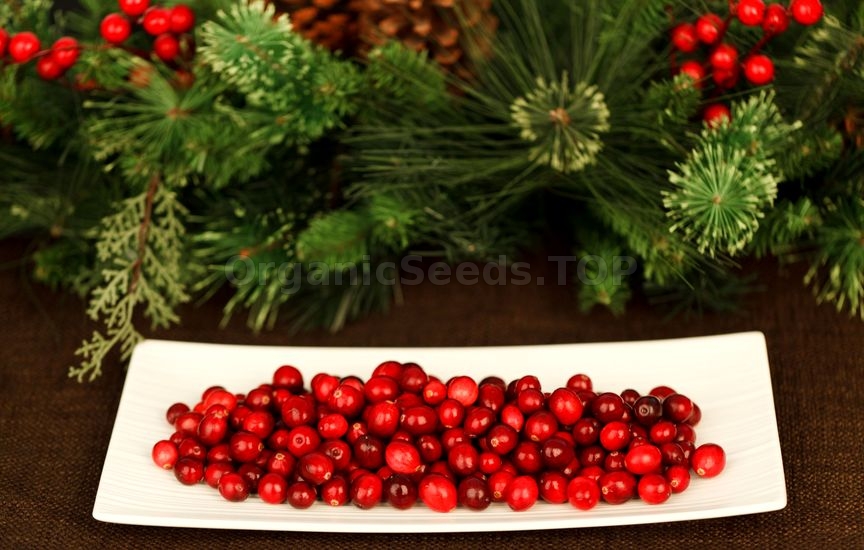 Cranberries are small, trailing shrubs about 25 cm (10 inches) high. Plants produce runners from 0.3 to 1.8m long (1 to 6 feet). The vines form a thick mat over the surface of a cultivated bed. The stems are relatively thin, while leaves are green to dark green and rather small - they turn red-brown during the dormant season. Flowers are white to light pink, around 8 mm long with a bell-shaped crown. The fruits consist of coral red berries that are sour, tart and aromatic in flavor. Cranberries ripen from mid-August to late September. Red cranberry fruits contain organic acids, tannins, iron and other vitamins and minerals. Cranberries reproduce by underground shoots that develop underground and develop trailing branches above the ground. Also, it creates 'runners' – shoots that 'touches' topsoil develop roots and after some time these 'clones' can be replanted elsewhere. Proper Conditions for Growing Cranberries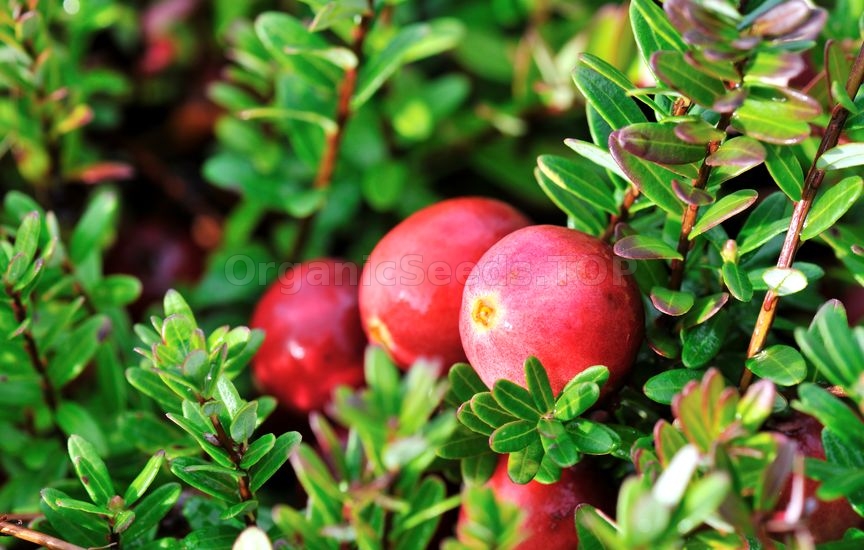 Cranberries are very resistant to cold and frost (-40°C; -40°F). It is necessary to use rainwater for watering, especially if the available water contains too much of carbonates. Cranberries can be watered using by surface sprinkler system or dripping system, which has several advantages. Dripping systems are buried under the surface of the raised beds in the direction of the rows, before planting. During the first year, regular watering is required all summer long. One should not allow soil to get entirely dry between irrigations. Cranberries like humid areas, cooler positions and acidic soil (pH 4.0 to 5.5). Cranberries are generally grown in areas with cold climates and in some regions thrive up to 1500 m above sea level. Soil Preparation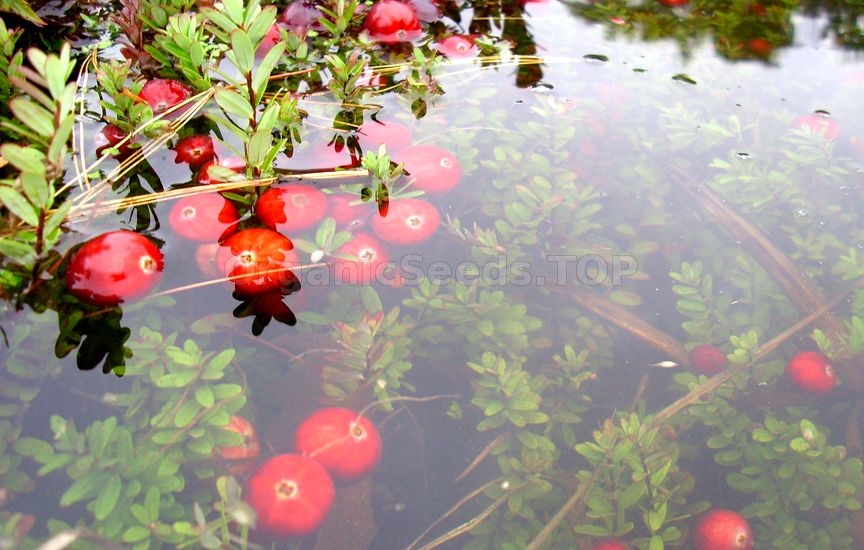 Individual cranberries don't require much space, but can be picky about soil and growing conditions. In home garden, it is best to grow them in containers (few plants, for decoration, testing etc.), but in order to grow more than just a few plants, raised beds are recommended. First prepare raised bed about 30 cm (1 foot) in height. The key to a successful cranberry growth is having soil with low pH, high in organic matter like peat moss. Also, add some sand. Cranberry plants will grow poorly in clay or silt soils – make a raised bed, fill it with appropriate growing medium and don't worry too much about soil in your garden. Instead of raised bed, one can dig a small trench, for example 1x2m or 1.2x2.5m and fill it with proper soil. Some gardeners also add a plastic foil (with numerous holes) on the bottom of the raised bed and/or trench, to increase the moisture retention. This stimulates natural growing conditions of cranberries – wetlands and marshes. When planting young cranberries, first remove the plant from the container and plant it in the level with the soil surface. Cover topsoil with a humus layer to a thickness of about 2-3 cm (1 inch). Cranberries should be planted in spring or autumn, at a depth of 5 - 7 cm (2-3 inches), some 30 - 40 cm (12-16 inches) between plants in the row and 80 - 90 cm (up to a 3 feet) between rows and at 25 cm (10 inches) distance in the row, if the rows are 100 cm (3' 4") apart. Cranberry plants in containers can be planted throughout the year, but the ideal time for planting is from March to May. Fertilization and Plant Maintenance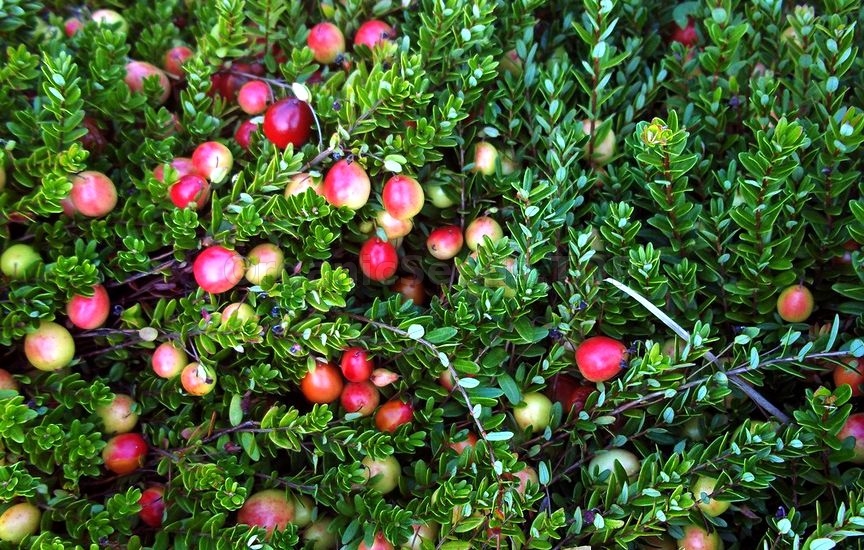 For cranberries, it is recommended to use fertilizers with acidic reaction. It is necessary each year to add mulch in the form of thin layer of peat moss, pine needles, humus or sawdust around each plant. Cranberries are one of many berries that require acidic soil, so be sure to have home garden test kit and verify pH of the soil on several positions, just to be sure.
After two years, it is necessary to eliminate huge numbers of branches and leave 4-5 new shoots for growth to be resumed. Old and dry branches are trimmed down entirely and those with low crop yield should be trimmed to about one quarter of the bush height. Every 4-5 years, sand is added in a thin layer on the soil, without digging it in – soil on the cranberry patch is layered, not mixed. Harvesting and Storage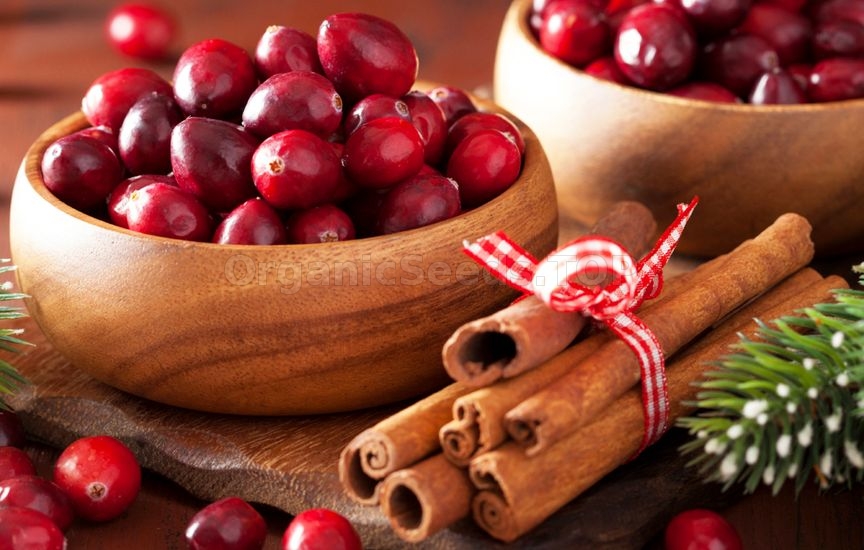 In autumn, when the fruit is ripe, commercial growers flood fields. When ripe cranberry is dropped on the floor, it should bounce off the ground. This happens because the cranberry fruits have four air filled bubbles which also make them float. The fruits are picked when they are bright red or dark red color. If they're harvested too early, they may remain very bitter. However cranberries ripen to a dark red color after several weeks of storage.
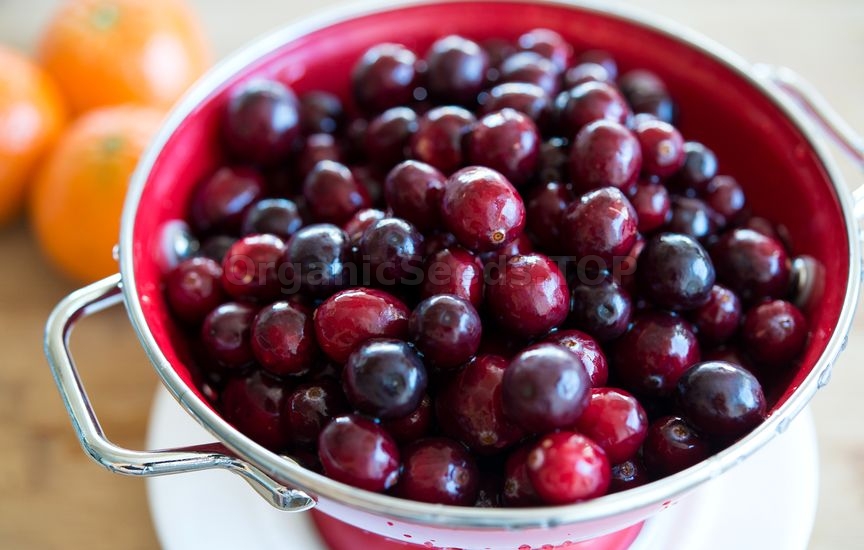 In home garden, cranberries are harvested manually or with a small rake suitable for various small berries (blueberries, for example). Cranberries can be kept 3-5 weeks in a refrigerator cooled to a temperature of 0-7°C (32 – 45°F). When frozen, they can be stored for several months. Benefits Cranberry JuiceYou may need:«Volcano» - Organic Cranberry SeedsBERRY SEEDSAlpine Strawberry Seeds«Sugana» - Organic Raspberry Seeds«Fresca» - Organic Strawberry Seeds |
|
|
